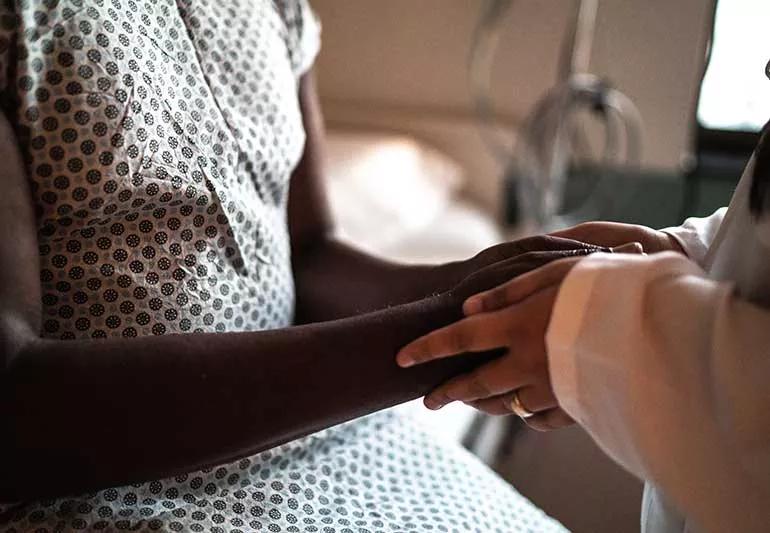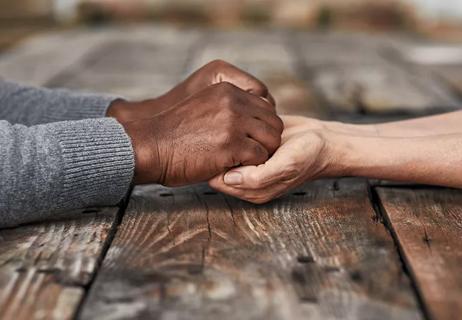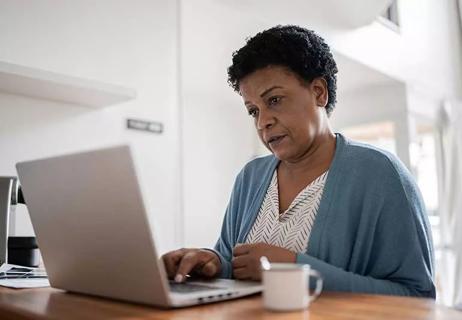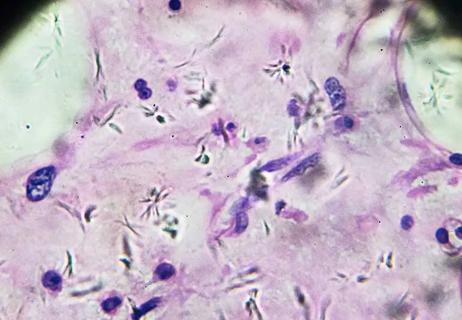Cancer is deadlier in racial and ethnic minority groups and for people in low-income areas

Cancer is the second leading cause of death in the United States. It’s second only to heart disease. The Centers for Disease Control and Prevention (CDC) says cancer took the lives of more than 600,000 people in the U.S. in 2020.
Advertisement
Cleveland Clinic is a non-profit academic medical center. Advertising on our site helps support our mission. We do not endorse non-Cleveland Clinic products or services. Policy
The promising news: The overall rate of cancer death is dropping.
The bad news: People in racial and ethnic minority groups and people who live in lower-income areas are more likely to die from cancer than people who are white and people who are more affluent.
The silver lining: The gap is narrowing. Differences in overall cancer death rates between racial and ethnic groups are becoming less pronounced. And an understanding of the factors that contribute to cancer death disparities — as well as avenues to overcome them — is becoming clearer.
“There has been progress in recent years,” says radiation oncologist Chirag Shah, MD. “But we have to continue to work at this. Overcoming cancer disparities — and healthcare disparities in general — is something that we have to be active and intentional about to continue to close those gaps.”
We talked with Dr. Shah about the Cancer Disparities Progress Report from the American Association for Cancer Research (AACR) to better understand how social factors contribute to disparities in cancer care and what more needs to be done.
To understand how cancer incidence and death are disproportionate along the lines of race and income levels, consider these statistics from the AACR:
Advertisement
Compared with people who are white and not Hispanic:
The AACR data also shows that for many of the most common types of cancer — including breast, prostate and colorectal — death rates are higher among people who are Black than those identified as white. Additionally, people living in rural areas have a 17% higher death rate from all cancers combined.
“When we talk about differences in survival rates for diagnoses like prostate cancer and breast cancer, remember these are some of the most common cancers in the United States,” Dr. Shah says. “These are very concerning differences in outcomes for cancers that have huge incidences.”
Additional research regarding cancer outcomes for people who identify as members of the LGBTQIA+ community is ongoing.
Who gets cancer and how it progresses is based on a lot of factors.
Of course, there are significant medical factors that impact the course and prognosis of cancer. Those are things like what kind of cancer you have and how advanced it is. There are genetic components, too — you may be at a higher risk for certain cancers if your parent, grandparent or sibling had it.
Going deeper, though, there’s more to it than your medical background alone and history, Dr. Shah says.
Our living circumstances, ability to access quality medical care and more can affect our risk for certain cancers. They also affect screening rates for cancers and even, potentially, the severity of those cancers. These factors are called “social determinants of health,” and Dr. Shah says they have a huge impact on how we’re affected by cancer and other chronic conditions.
“Social determinants of health are things in your daily life that affect your health,” he explains. “Things like the places we live. The pollutants, or lack thereof, in our environment. Access to healthy food and grocery stores. Access to medical services, and much more. It’s how we interact as a society and what impact that has on our health.”
Advertisement
The AACR says, “Complex and interrelated factors contribute to cancer health disparities in the United States. Adverse differences in many, if not all, of these factors are directly influenced by structural and systemic racism.”
In the AACR report, the group also points to several factors that — in addition to biology and genetics — contribute to cancer health disparities:
The disproportionate impact of cancer on minority communities is just one example of how racial and ethnic minorities and individuals of lower socioeconomic status face disparities in health outcomes. The CDC says that people in racial and ethnic minority communities are also disproportionally affected by other health conditions, including
Advertisement
The AACR suggests several action steps to reduce cancer death disparities. Among them:
Dr. Shah says that removing barriers to healthcare is another important way to help people get the care they need.
“For a lot of individuals, receiving a cancer screening or cancer treatment is not easy,” he continues. “People have to often budget for missed time at work, childcare, transportation costs, all these things. We need societal solutions to provide support for people so that they can participate in screening and, if they are diagnosed, they can focus on their cancer diagnosis and get the treatment they need.”
Advertisement
Learn more about our editorial process.
Advertisement

Rates of early-onset breast, colorectal and GI cancers are increasing, but preventive care and a healthy lifestyle can help reduce your risk

The side effects of cancer and treatment can impact desire, sexual function and intimacy, but there are ways you can keep the flame going

Decisions you make regarding smoking, alcohol use, meal choices and exercise can make a big difference

When you’re living with cancer, eating enough protein and a variety of colorful foods can help you keep up your strength and energy

Practice meditation together, make a unique-to-them care package and embrace emotions

Taming fear and reclaiming your future after treatment

Carcinomas are the most common and affect skin and organs

7 healthy eating tips to help reduce your risk of some of the most common types of cancer

If you’re feeling short of breath, sleep can be tough — propping yourself up or sleeping on your side may help

If you fear the unknown or find yourself needing reassurance often, you may identify with this attachment style

If you’re looking to boost your gut health, it’s better to get fiber from whole foods